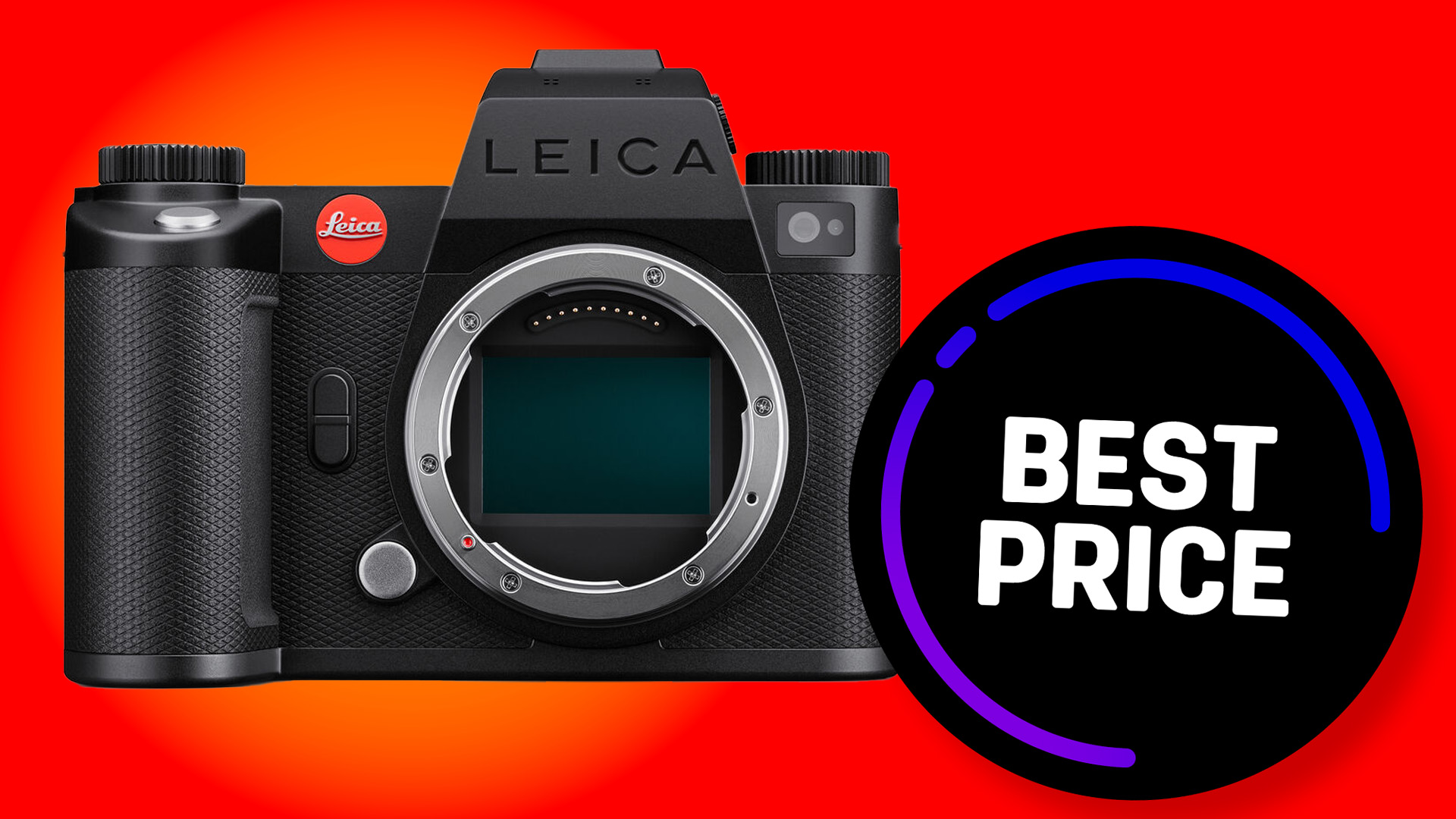Samsung Galaxy Z Flip 7 48-hours in: a cover screen vlogging dream
For a couple of years, Motorola has dominated flip phones with its RAZR line, but Samsung’s finally leveled up its cover screen with the new Galaxy Z Flip 7, and it looks fantastic.
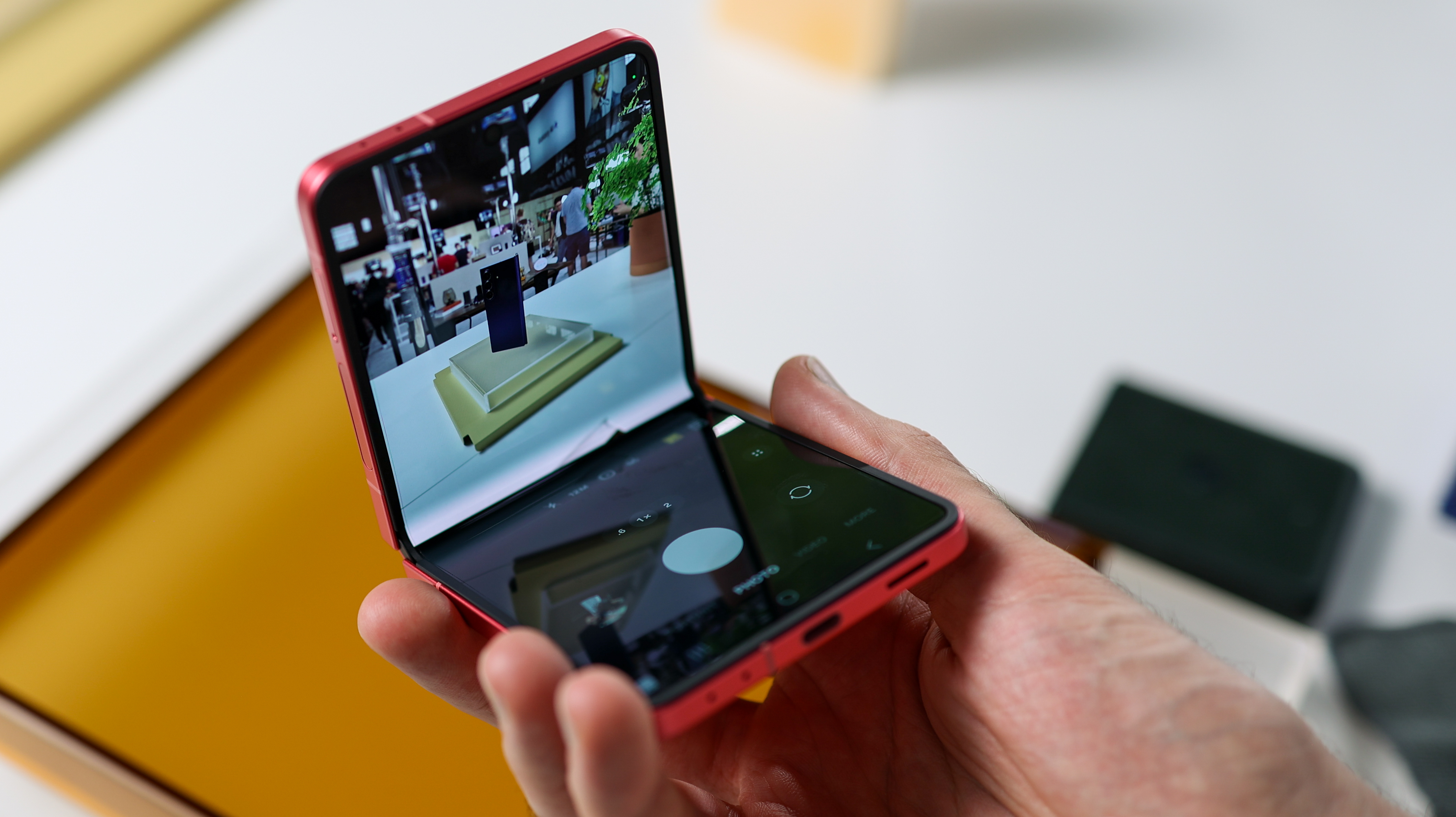
After two days with the new Galaxy Z Flip 7, I’m no longer a Samsung flip phone naysayer. I’ve tested every Galaxy Flip to date, and by the Z Flip 6, the series, which was supposed to be all about newness and style, started to feel stale. This had less to do with Samsung and more to do with Motorola. After all, the Galaxy Z Flip 5 was facing off against the impressive RAZR 40 Ultra, and the Z Flip 6 against Motorola’s RAZR 50 Ultra. While Moto was lavishing huge cover screens with no notches and tiny bezels on their RAZRs, Samsung was sticking with its clunky-looking six-sided cover display. But no more.
The Samsung Galaxy Z Flip seems to masterfully evolve the design. When closed, the entire front of the phone has become a display, save for an ultra-slim bezel and dual punch-hole camera, and when open, Samsung has upped the size of the inner screen to a massive 6.9 inches, creating two very usable ways to use its new flip phone.
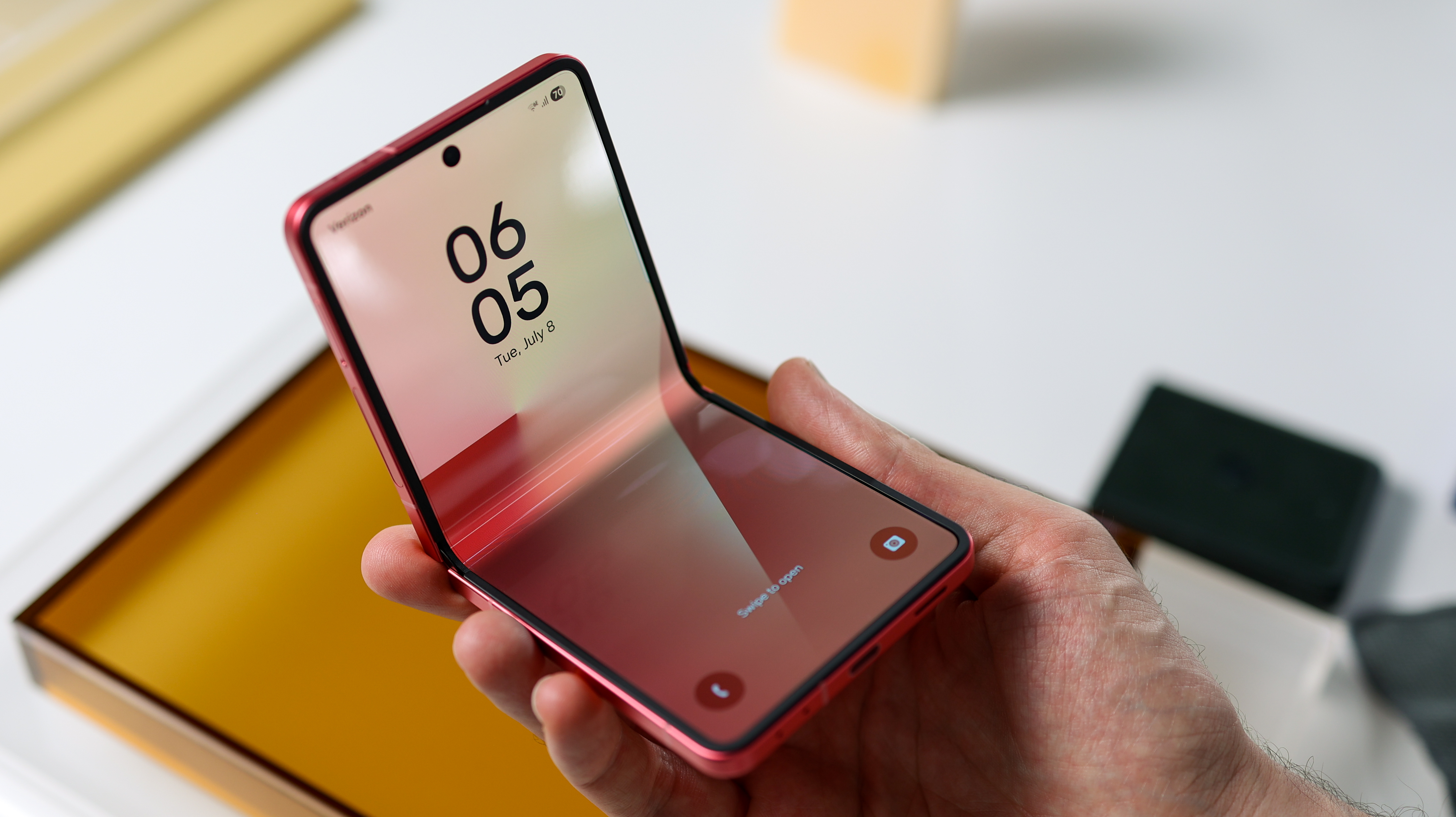
Samsung hasn’t shaken up the cameras too much, with the 50MP primary camera and ultra-wide combination, but considering flip phones are typically suited to selfies and vlogging, it’s still a competitive mix.
So, how does the Z Flip 7 stack up after a couple of days, and how does it compare with the fantastic new Motorola RAZR 60 Ultra?
Bigger screens, smaller bezels, slimmer body
The big deal here is the 4.1-inch Super AMOLED display on the front of the Galaxy Z Flip 7. If you think back to old school iPhone screens, they were around 3.5 inches, so when folded up, the Flip 7’s front display is bigger than phone screens of yesteryear.
Unlike OG iPhones, the Flip 7’s ample cover screen has some of the thinnest bezels I’ve ever seen, giving it a futuristic vibe, which is compounded by the cutouts for the two cameras and flash. It’s a great-looking setup.
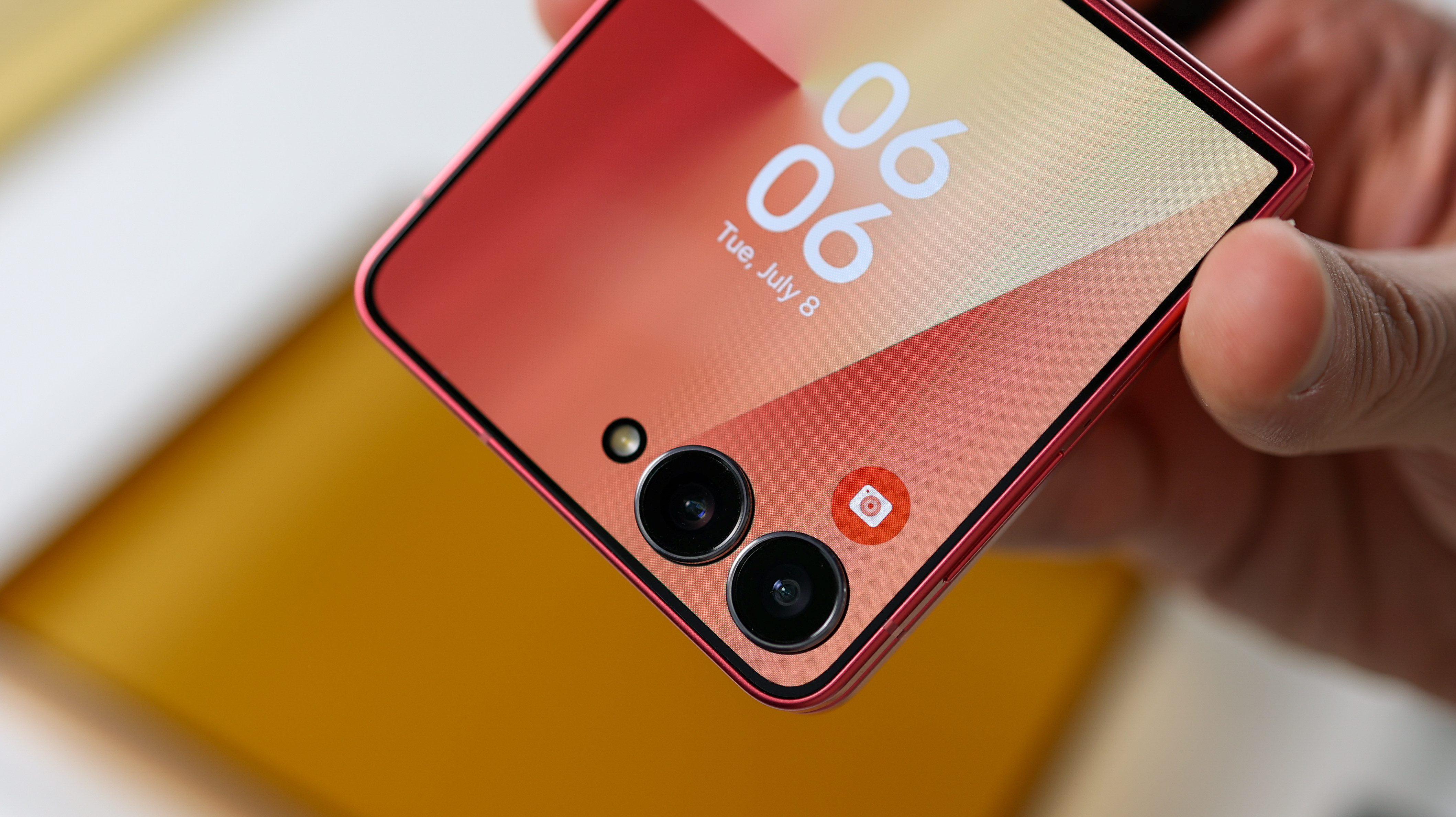
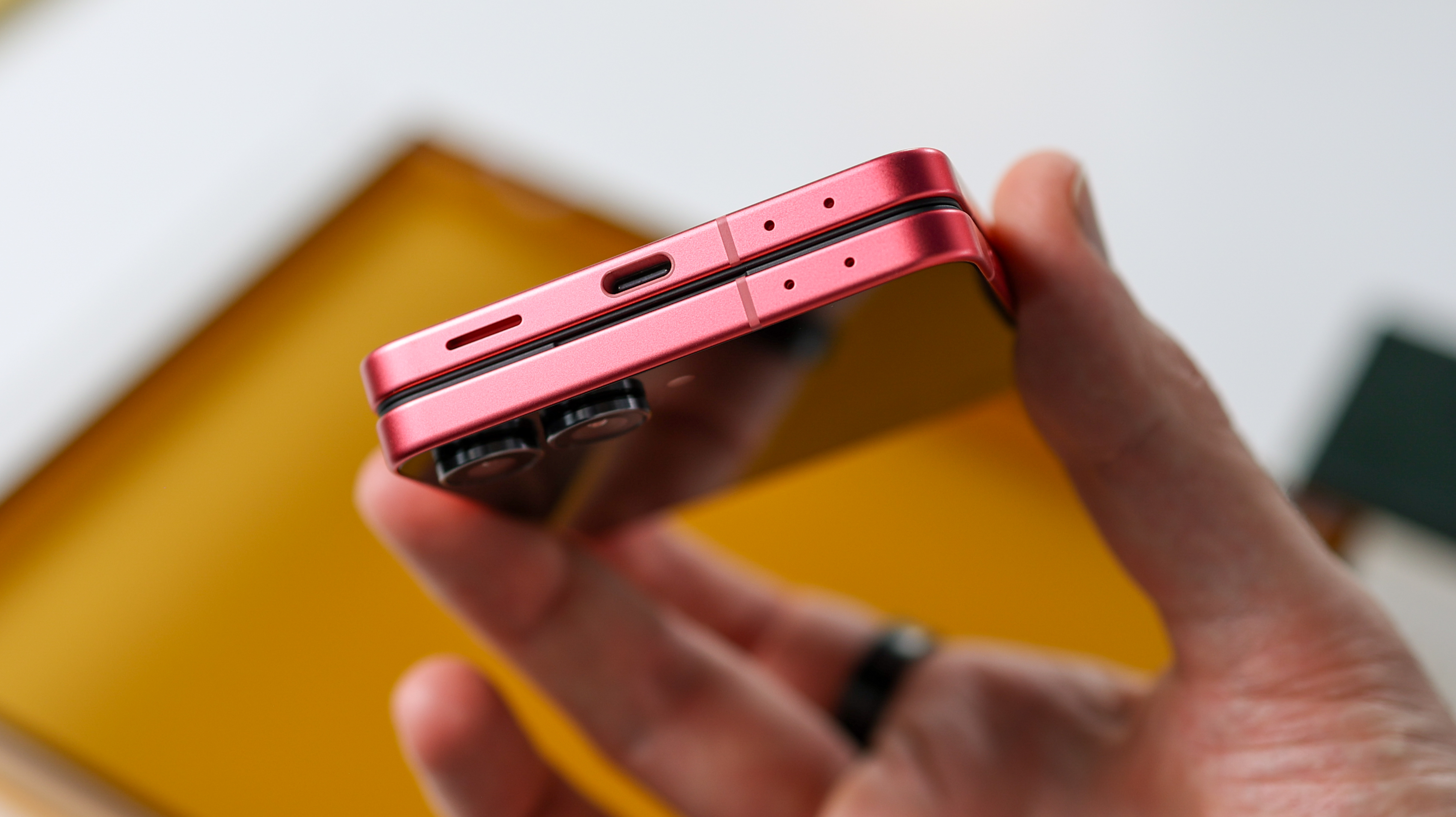
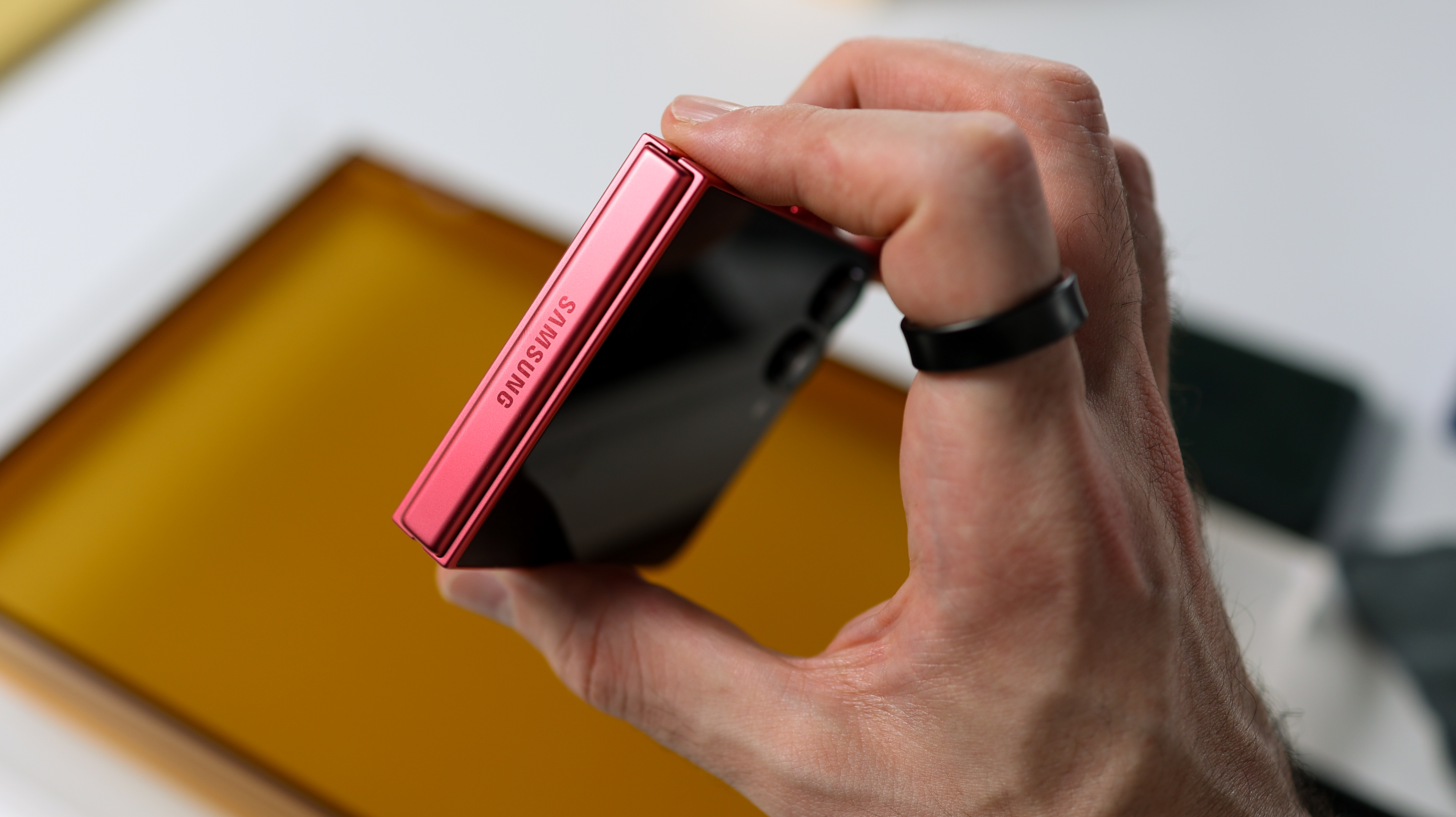
What’s especially excellent about the Z Flip 7 is that it looks totally different from the RAZR 60 Ultra. While Motorola’s flip phone curves out the corners for some streamlined style, Samsung sticks to its flat sides, front and back. So while the Flip 7 catches up, it doesn’t copy, giving customers a new meaningful choice when it comes to flip phone flavors.
The best camera deals, reviews, product advice, and unmissable photography news, direct to your inbox!
Available in Blue Shadow, Silver Shadow, and Jet Black, the Galaxy Z Flip 7 has matte Armor Aluminum sides, and the cover screen is Gorilla Glass Victus 2, with the phone feeling super-premium in-hand. It’s also IP48-rated, so can handle a splash or a dunk, and while the dust resistance is modest, it still bests most foldables.
At 188g and just 6.5mm when open, the Z Flip 7 is both thin and light, but don’t be fooled. Folded up, the phone turns into a squat, chunky 13.7mm-thick square-ish slab. It’s still significantly thinner than its predecessor, but given Samsung opts for flat sides, it doesn’t feel as sleek as the RAZR 60 Ultra.
If I had to nitpick, the power button, which doubles up as a fingerprint scanner, could be easier to find with a fumble. It’s slightly recessed, but still requires a bit of a feel around to press without looking.
Selfies, vlogging and part-folded capture
Flip phones’ superpower is their big cover screens so you can preview content you capture with the best camera on-device. No selfies with the tiny fixed-focus punch hole camera, just decent quality photos and videos that combine both OIS and EIS. They’re more practical than even the best camera phones out now, as when folded up, they’re perfectly palm-sized for confident vlogging, and when you need to prop them up, it’s easy to part fold them, place them on a surface and present, do a TikTok dance, or just check your hair and make-up.
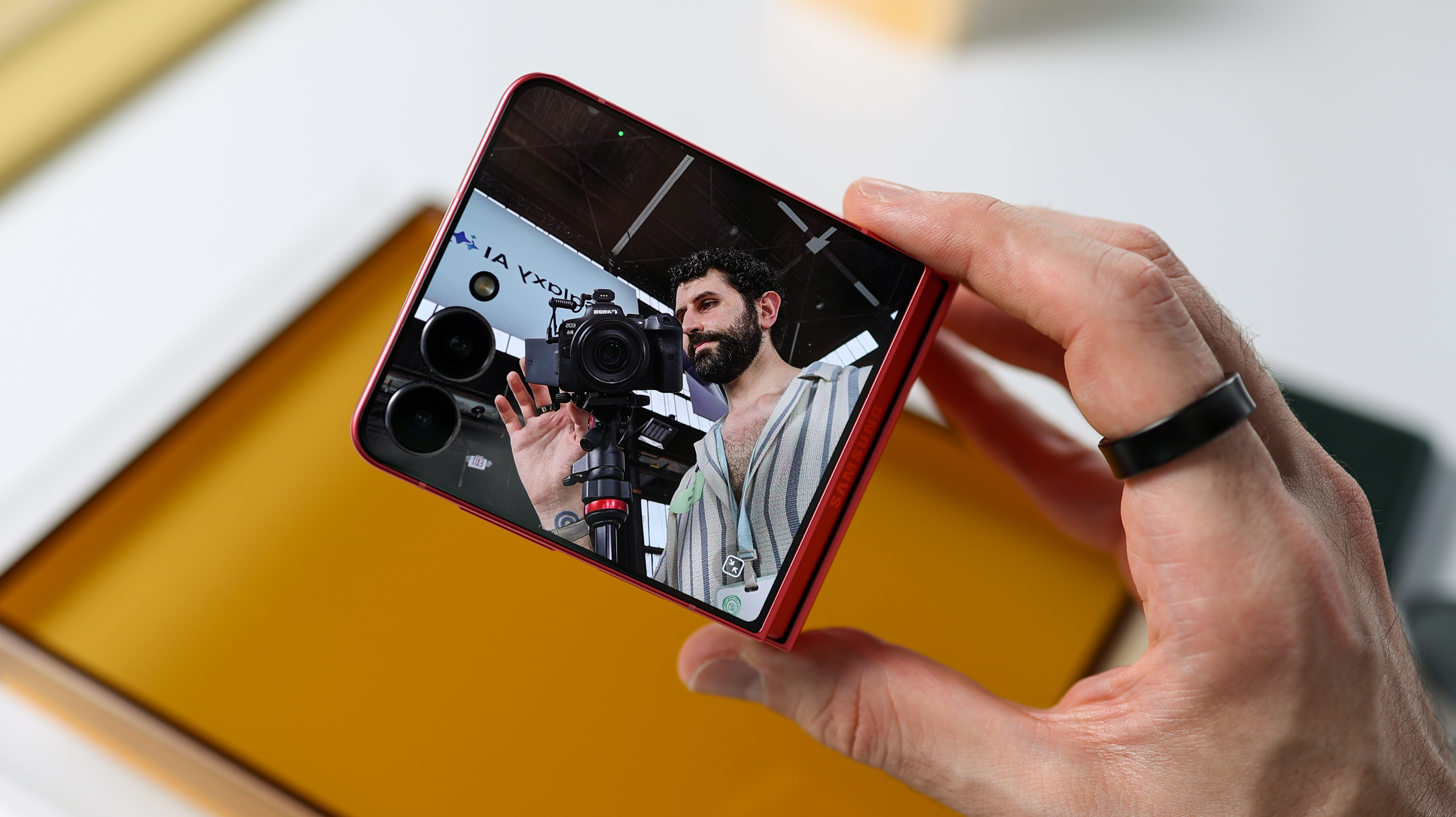
So while the Z Flip 7’s primary camera can’t take on traditional flagships when it comes to camera hardware, ergonomics prevail if you’re a vlogger. A quick anecdote: I needed to capture clips of me wearing some smart glasses for a sponsored video, and I had three phones on me: a Sony Xperia 1 VII, a Nothing Phone (3), and a Motorola RAZR 60 Ultra. Despite trying my best to get the footage with the bar phones (which had better camera hardware), the RAZR’s footage won out. The practicality of flip phones shouldn’t be underestimated for self-shooting.
The Z Flip 7 has a 50MP primary camera with OIS and an f/1.8 aperture, plus a fixed-focus 12MP wide camera. But where the Z Flip 7 edges ahead of the RAZR 60 Ultra when it comes to imaging is in shooting modes. There's a comprehensive Pro mode with a long-exposure time of up to 30 seconds, Samsung’s Expert RAW, and Log video, introduced on the Galaxy S25 series.
Android 16, Exynos power and a modest battery
Samsung’s clearly working its close relationship with Google by being the first phone maker to launch devices running Android 16 out of the box. The reason this is such a big deal is because Samsung promises a full seven OS updates and seven years of security support to ensure your Flip 7 is future-proofed until 2032 and Android 23 (or whatever it ends up being called).
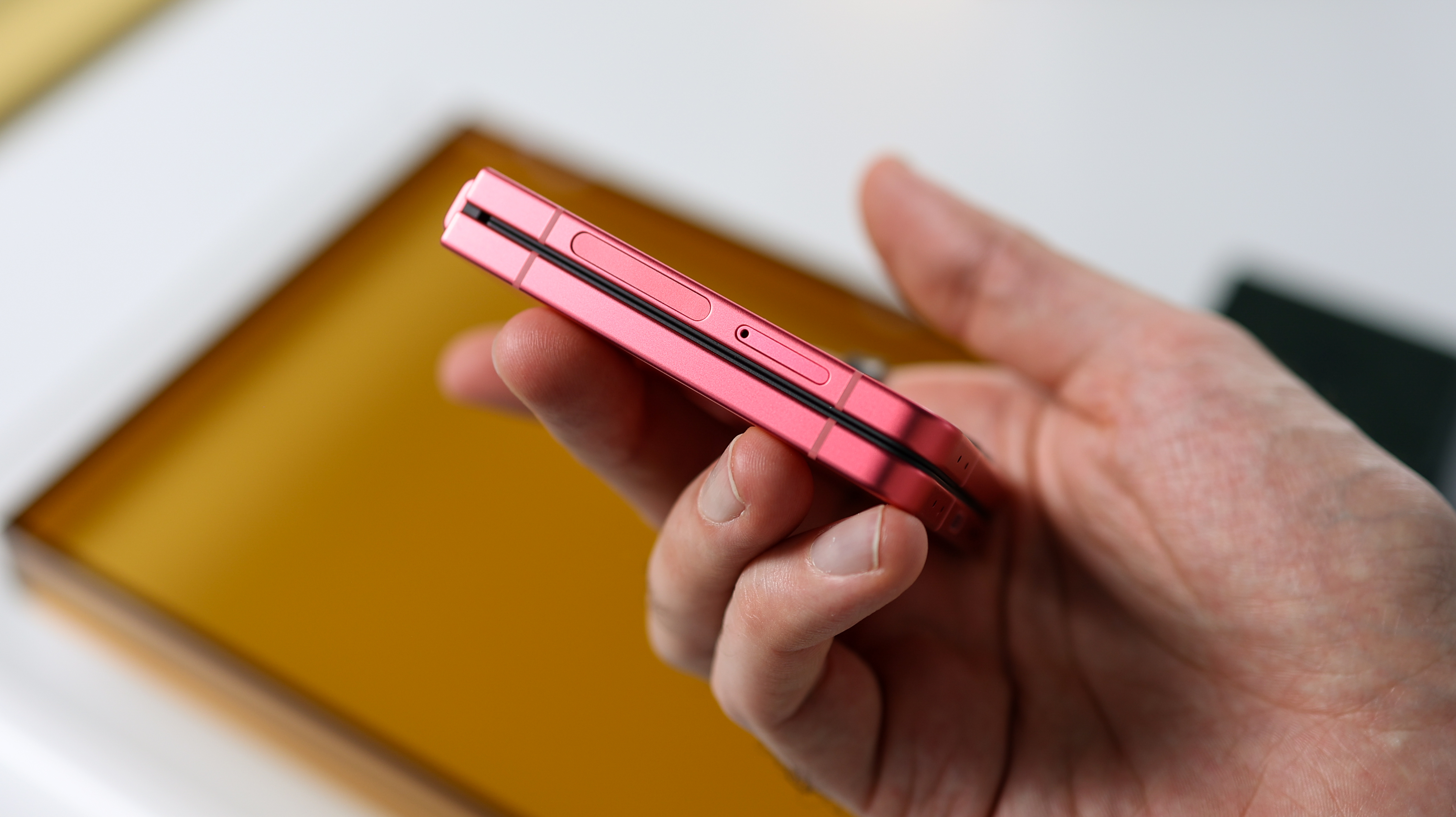
The Galaxy Z Flip 7’s interface, OneUI 8, doesn’t tread much new turf on first impression, though what is interesting is the processor powering it. Unlike previous Z Flips powered by Qualcomm chips, the Flip 7 sports Exynos internals. That’s Samsung’s own silicon arm, and when I first heard the news, I wasn’t thrilled.
Exynos chips have a reputation for running hot, and so too do Samsung’s Galaxy Z Flip phones; the combination of hot plus hot didn’t spell good things. So far, it looks like I was worried about nothing, with the Flip 7 running cool and throttling less in early tests than its Qualcomm-powered Z Fold 7 sibling.
The final piece to the Z Flip 7 puzzle is its battery, and with 4,300 mAh of power, there’s no denying the capacity is small when compared to other phones with 6.9-inch displays. If you manage to get by using the cover screen for a chunk of the day, though, you shouldn’t have any trouble staying alive from morning to night.
The phone charges at 25W (QC 2.0 standard), which is pretty slow, but considering its modest capacity it doesn’t take too long to power up, and with wireless charging as well, it’s easy to top up throughout the day.
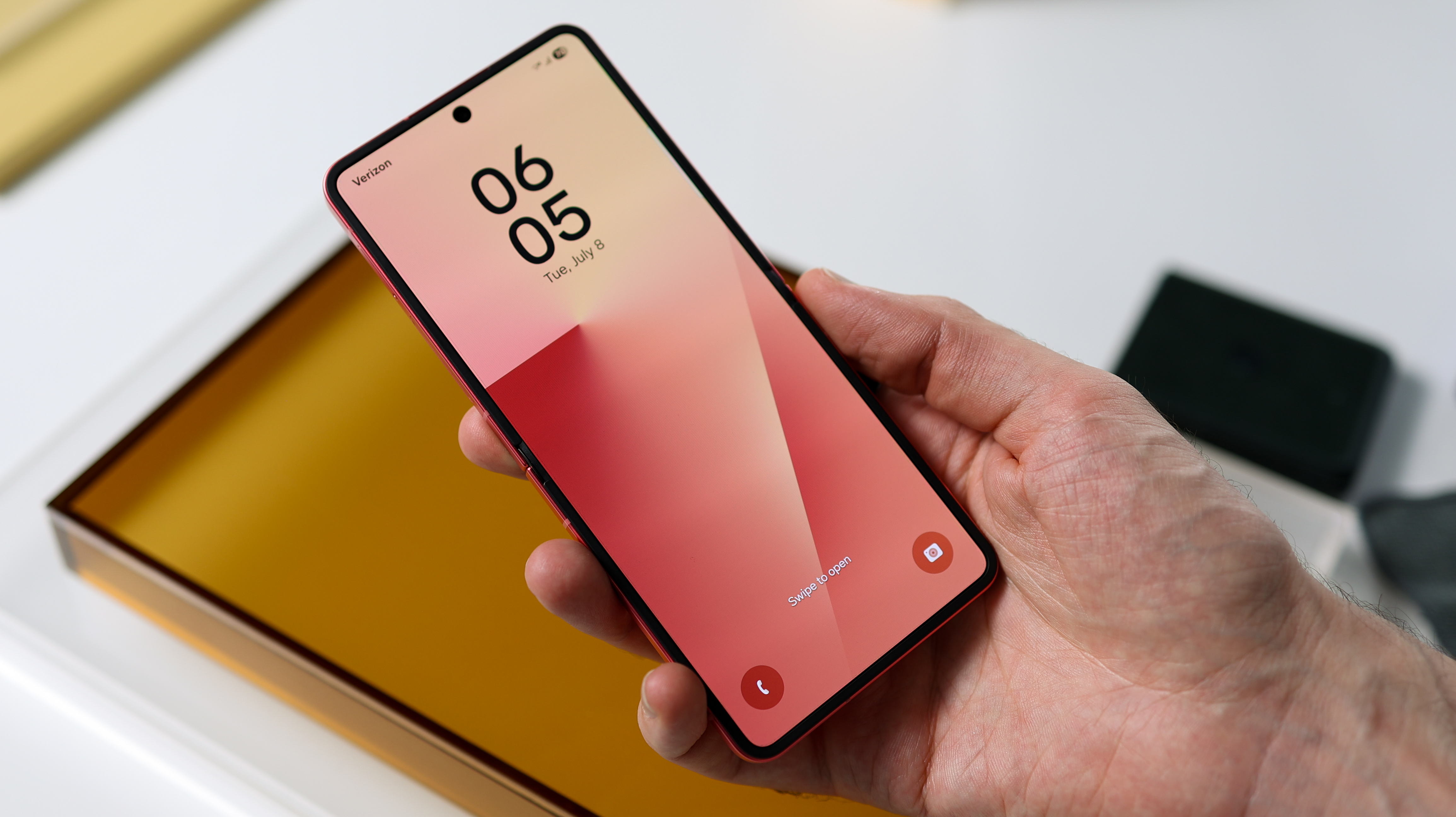
Early impressions
In addition to putting the camera through its paces, for the full review, the aspects of the Z Flip 7 that are most subject to change are performance and battery life, but after 48 hours, Samsung’s latest flip phone has made a great impression, surprising me after an iterative few years across its entire foldable line.
If you’re less flip and more fold, check out my 48-hour impressions with the ultra-skinny (ultra-expensive) Galaxy Z Fold 7, and check back in the coming weeks for the full Samsung Galaxy Z Flip 7 review.
Basil Kronfli is a freelance technology journalist, consultant, and content creator. He trained in graphic design and started his career at Canon Europe before moving into journalism. Basil is also experienced in video production, independently running the YouTube channel TechEdit, and during his time at Future, he worked alongside the Digital Camera World team as a senior video producer.
You must confirm your public display name before commenting
Please logout and then login again, you will then be prompted to enter your display name.

